Upon returning the car, I told Budget Rental that a stone hit the windscreen (windshield in American) and that it might have to be replaced. He agreed, saying I would be receiving a bill in a few weeks, for the glass plus the "panel beater." What? It took me three questions to find out that a "panel beater" is a body shop (get it, beating the dented quarter panels, etc.?). I asked him if he ever heard of a "body shop." He said no.
The first day I toured the wine country east of Cape Town. The next two days I toured around Cape Town. Then I headed north to the semi-desert areas, going to the border of Namibia. Then I turned east, going through Kimberly, famous for diamonds. Then I went to the northeast part of the country, touring the huge Kruger Reserve, filled with vast numbers of animals. Finally I headed back to Johannesburg, spending two days touring the area.
Cape Town and Environs
| |
Wine Country
Desert Country
The Northeast
Epilogue
Now that my gardening has begun, I have no more foreign trips planned until November, when I go to New Zealand. I have tentative plans for Ethiopia and Djibouti in December/January, the Yucatan in January, Jamaica/Virgin Islands/Trinidad-Tobago in February, East Africa in March, and Poland/Russia in April. Then I rest up in my gardens again.
I will likely go to Wyoming sometime this summer, and I will be attending a convention at the North American Japanese Garden Association in Portland, Oregon in late September, after which I will drive up to Vancouver, British Columbia. I will be visiting Seattle for a bit, where two of my cousins live.
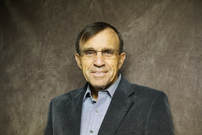
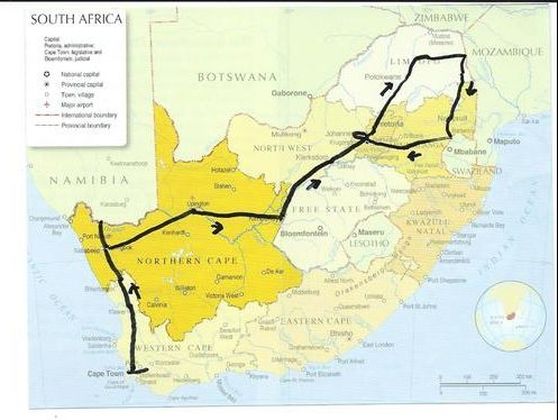
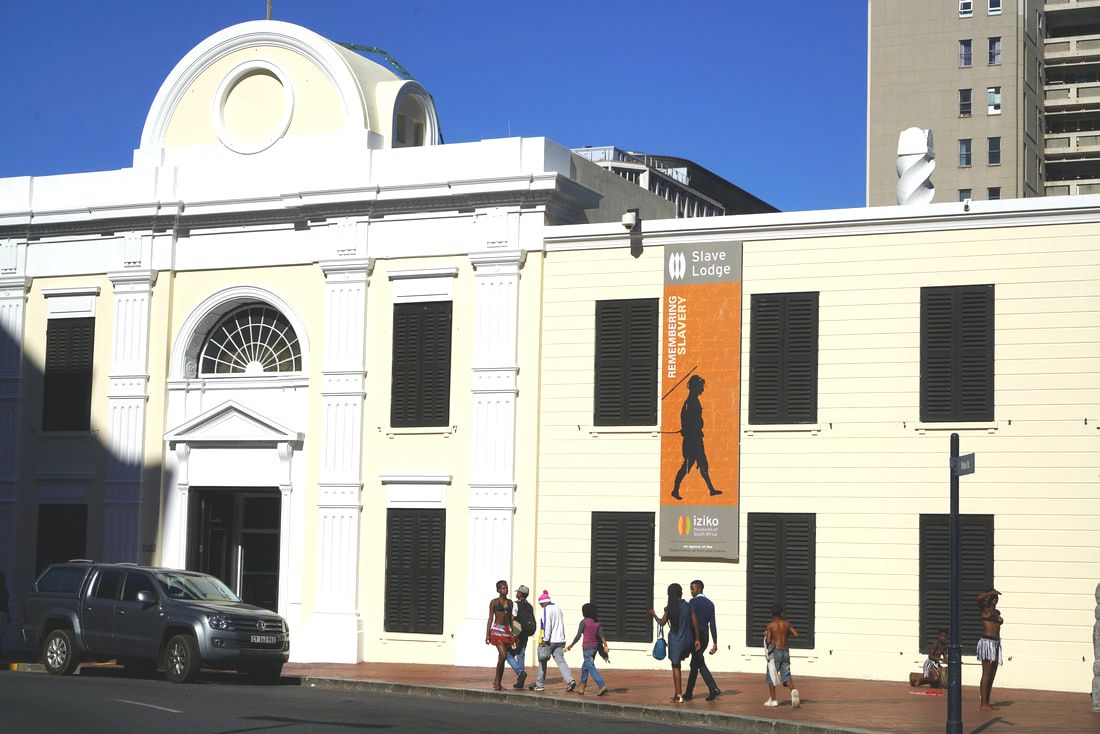
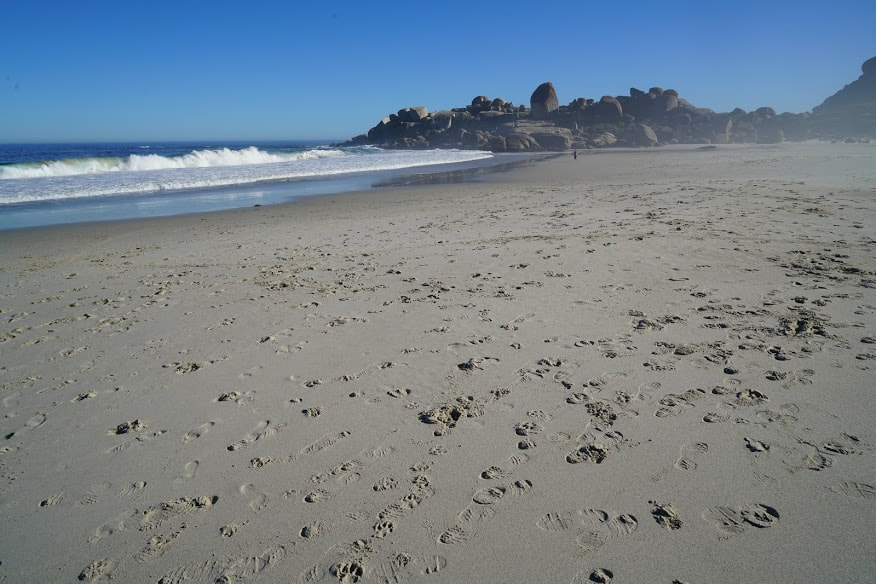
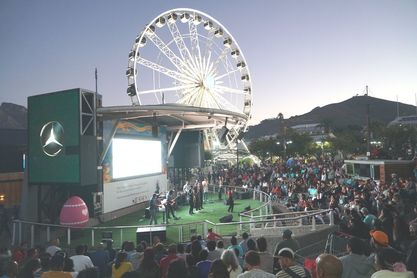
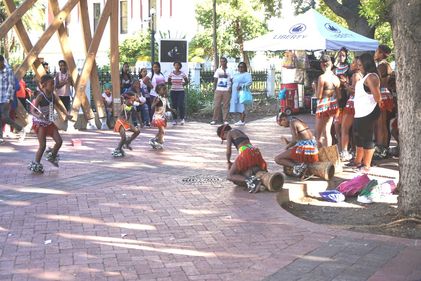
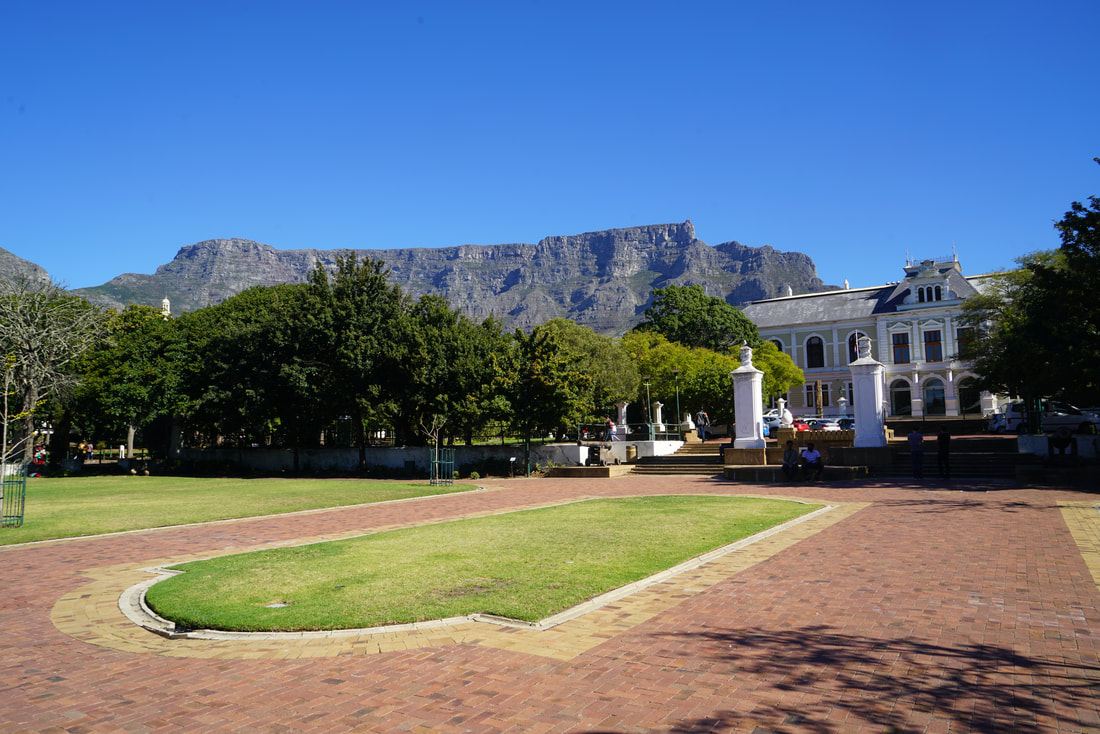
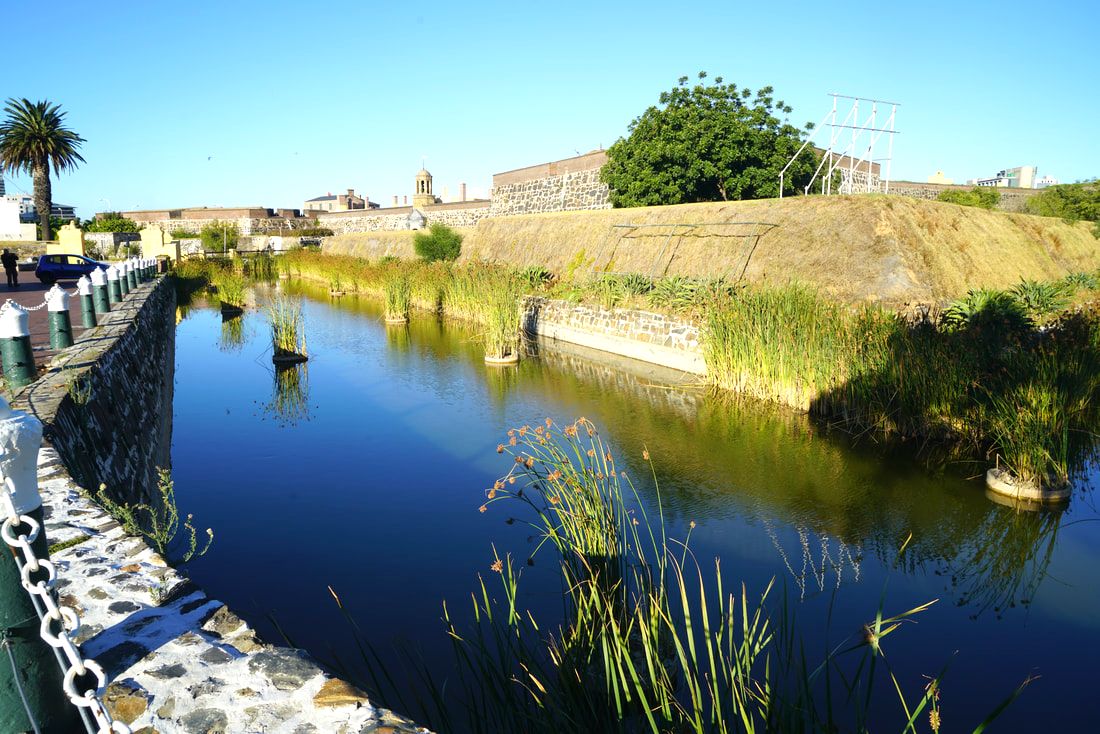
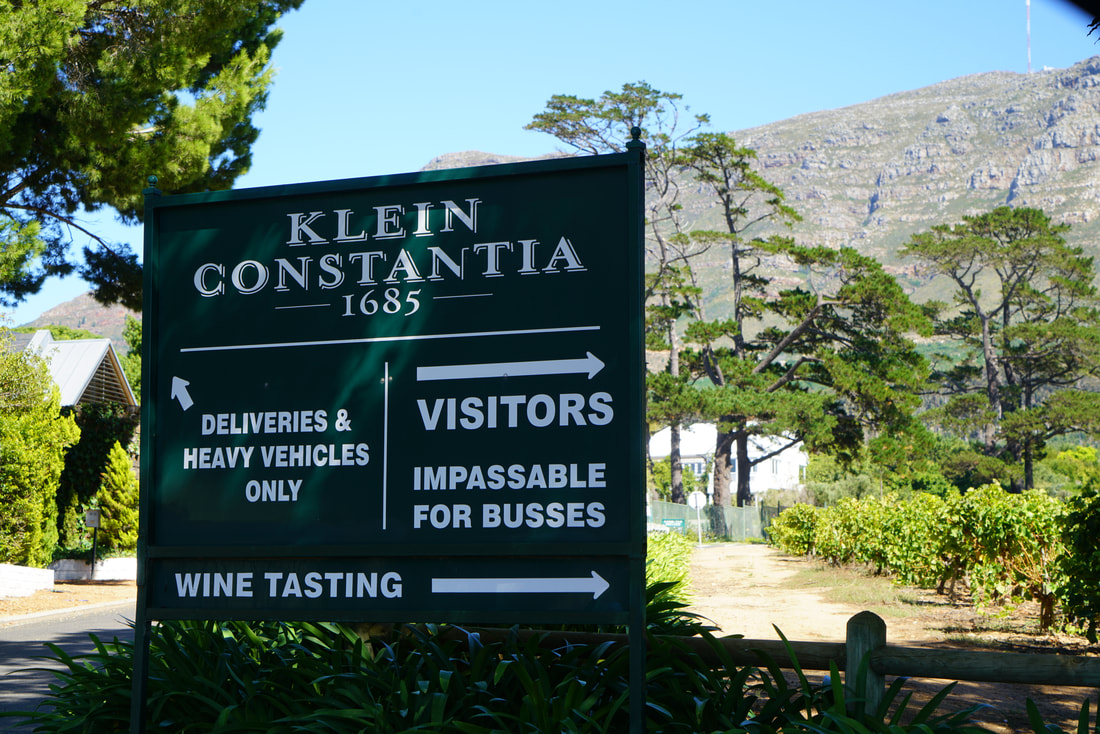
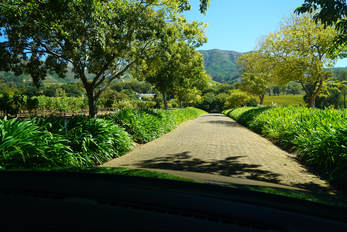

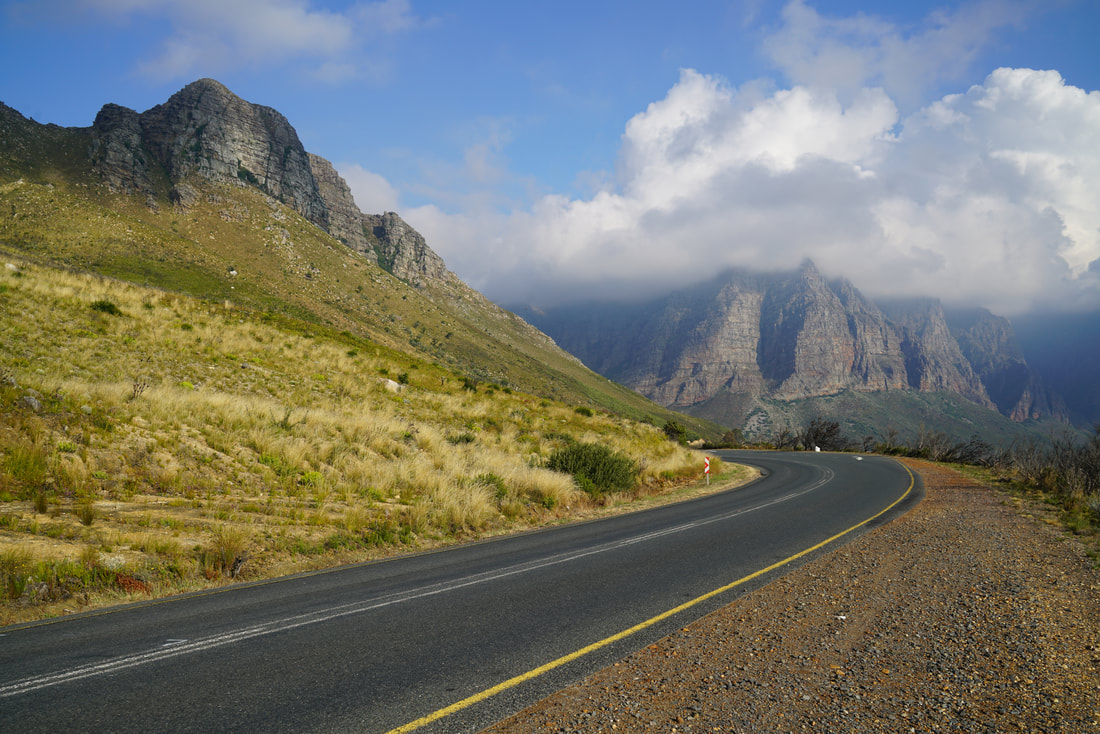
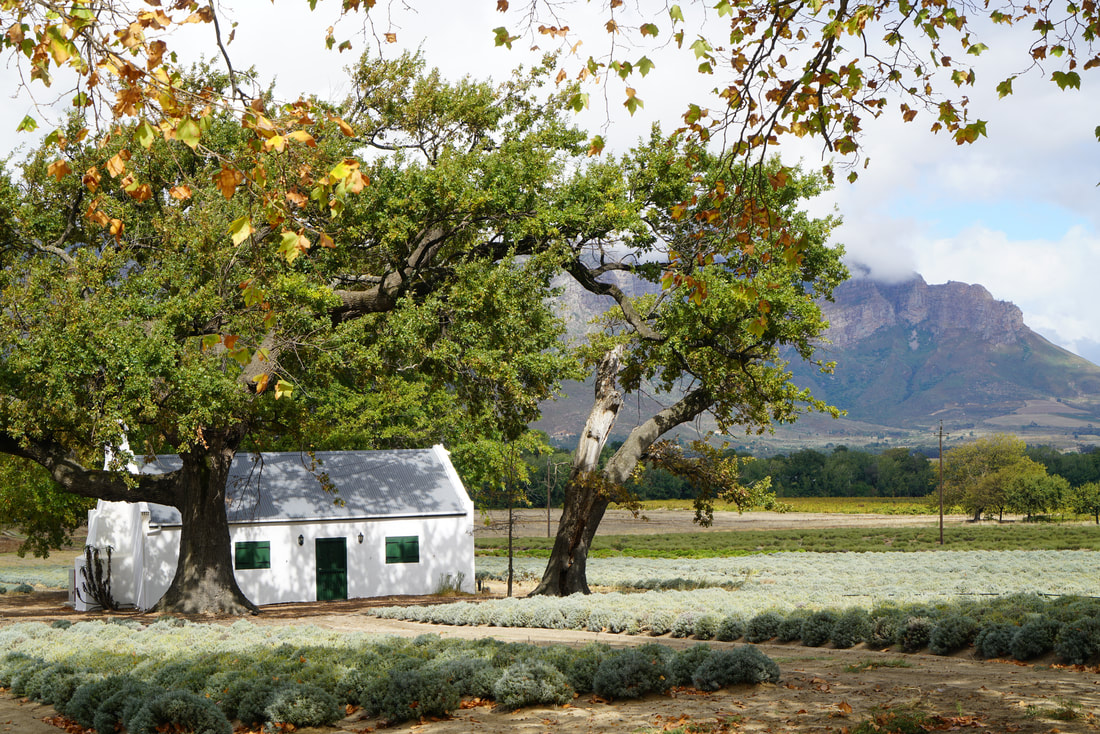
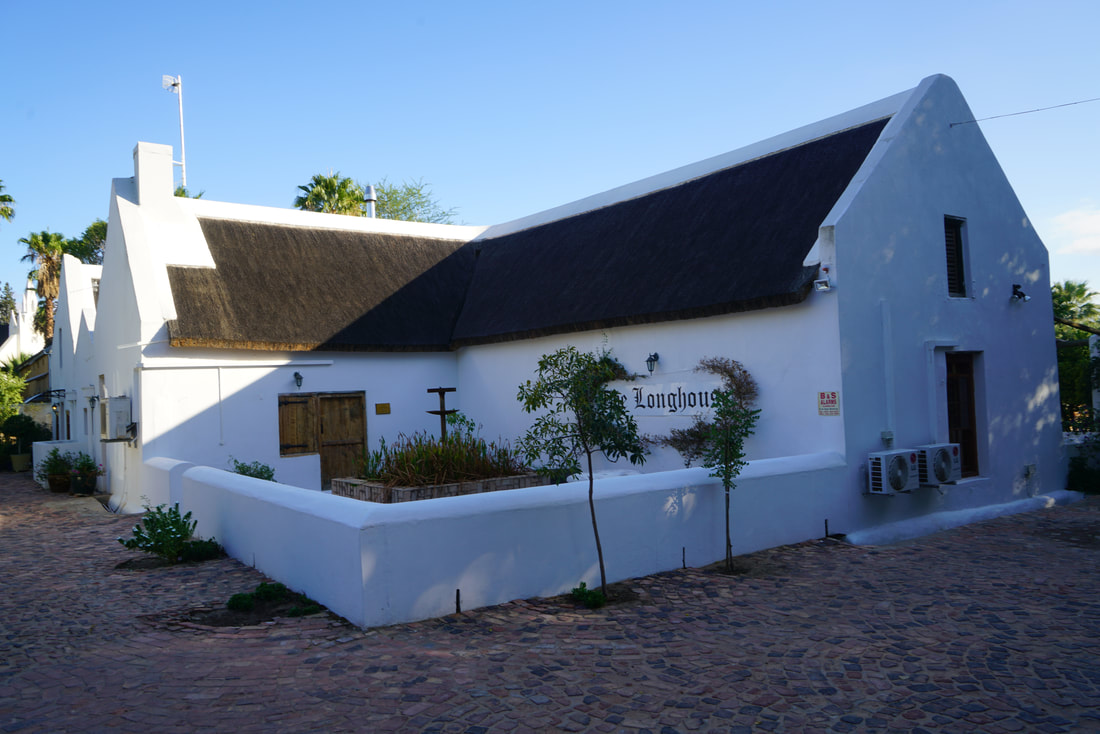
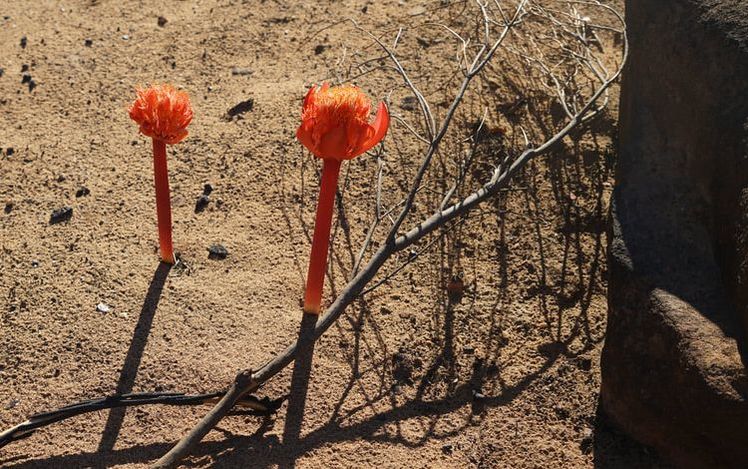
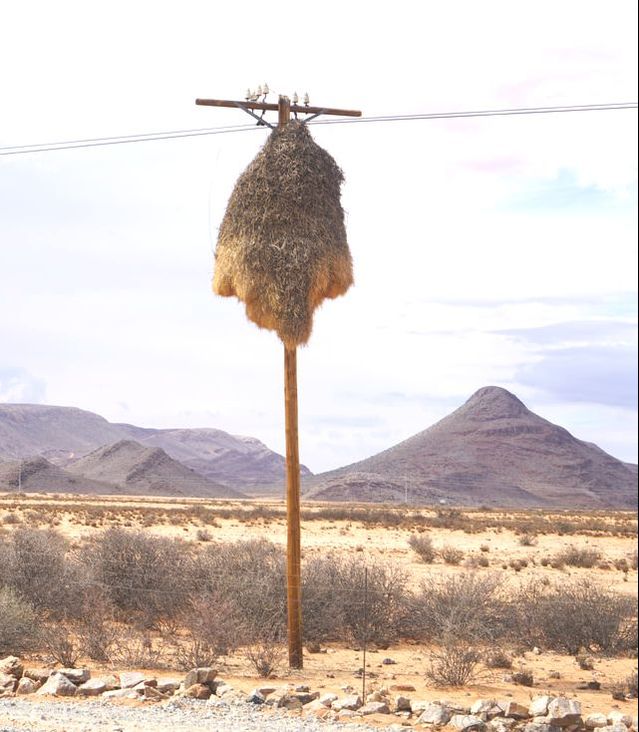
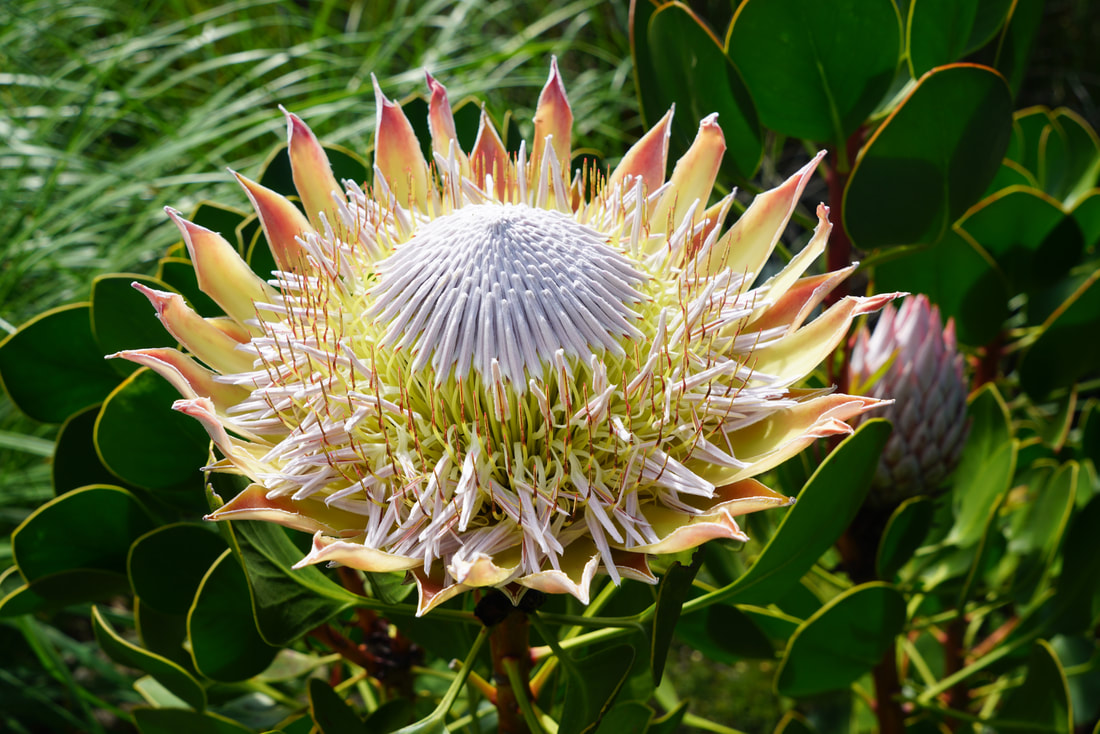
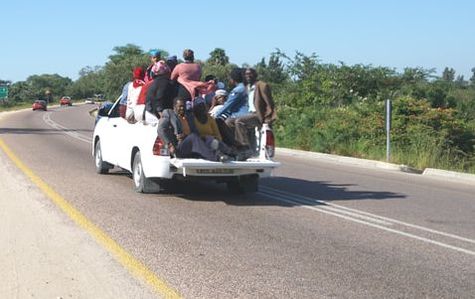
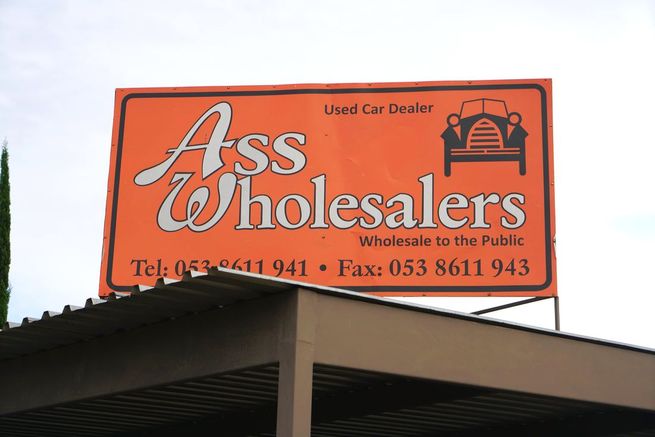
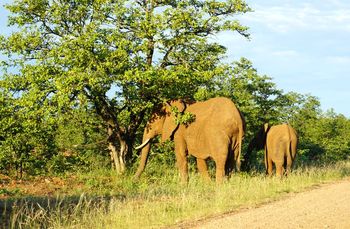
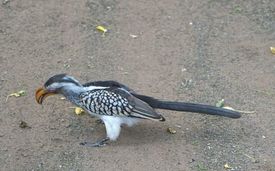
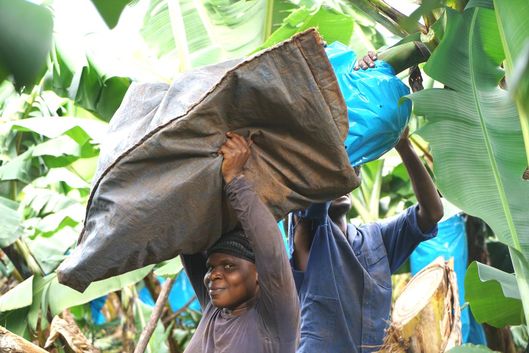
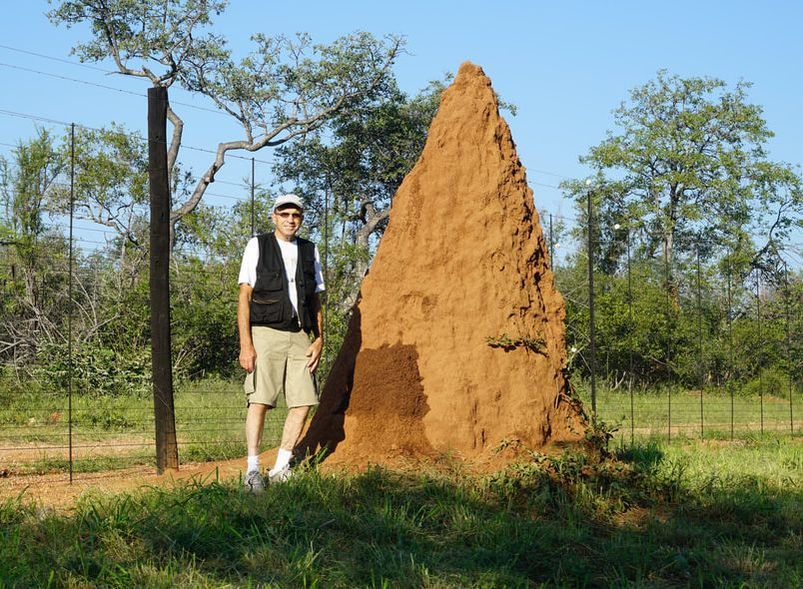
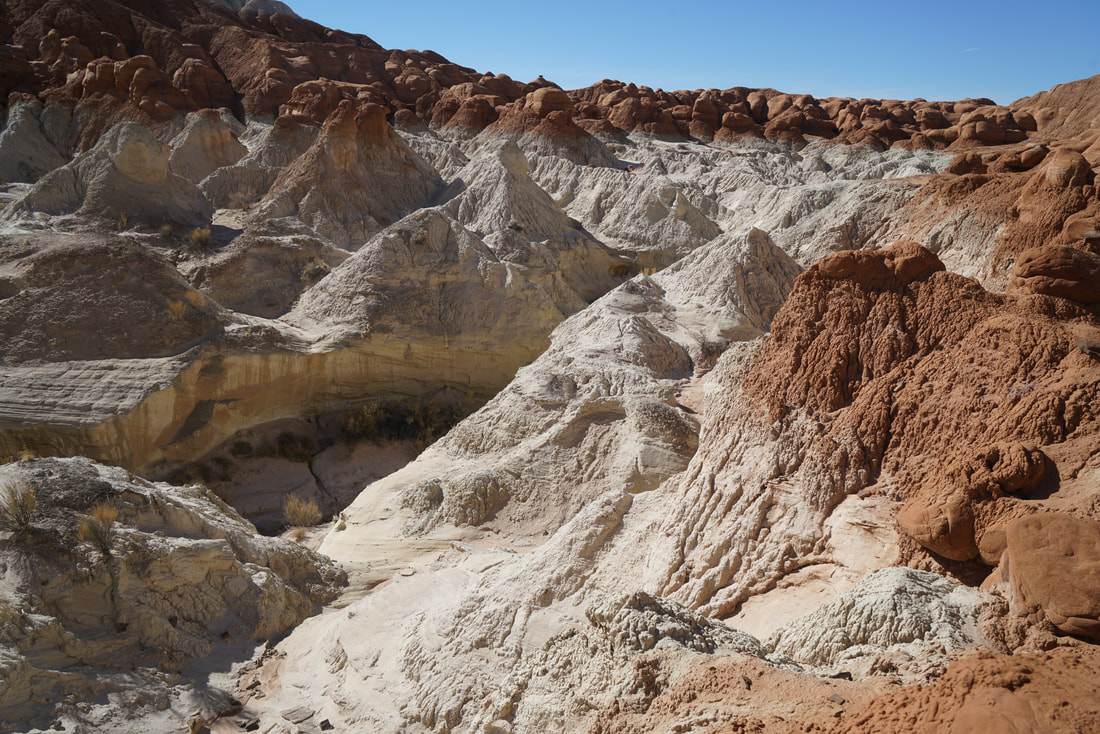
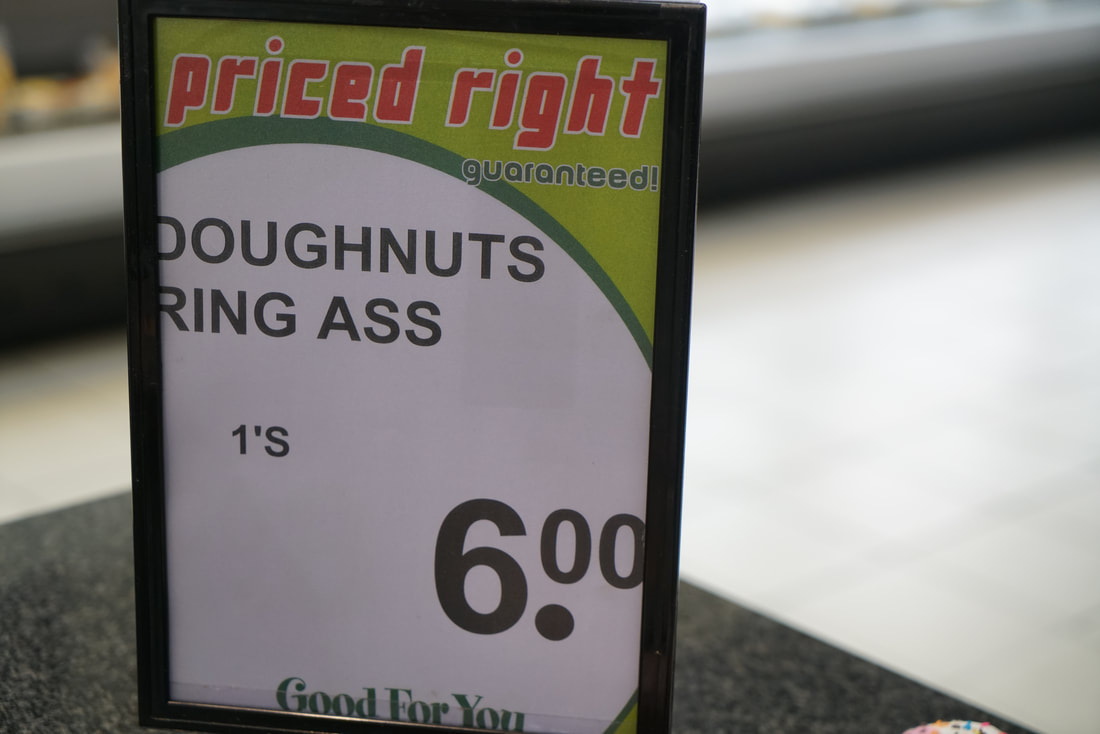
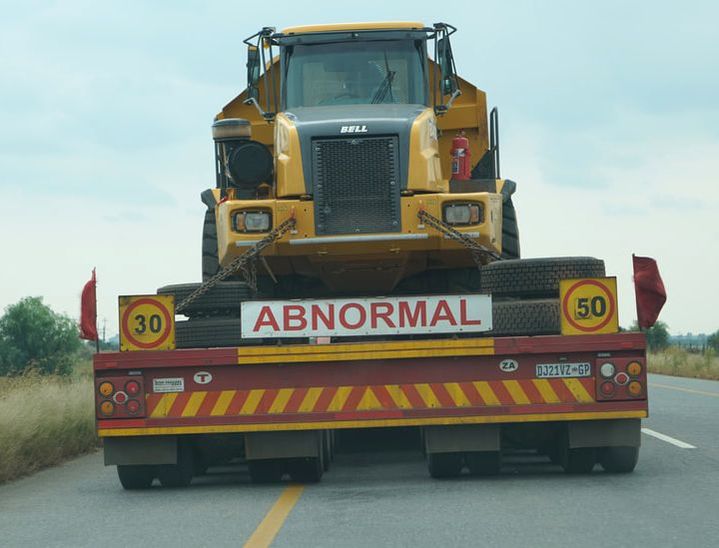
 RSS Feed
RSS Feed